Don’t miss anything about EMBERS! Stay up-to-date with all the news about the project, the platform and the upcoming events!

3 lessons we learned at Smart City Expo World Congress in Barcelona
Smart City Expo is a leading event when considering Smart Cities’ market. At the 2018 edition we got to really important conclusions, which we’ll share with you in this post. Continue reading “3 lessons we learned at Smart City Expo World Congress in Barcelona”

We’re in Cologne! Want to go for a ride?
We’re always saying that technology is the best ally to a better future. And Our Open Call is a great example. If you are a cycling enthusiast, we are more than happy to tell you that you’ll be able to test new features of our mobile app that will change your cycling experience in Cologne. Continue reading “We’re in Cologne! Want to go for a ride?”
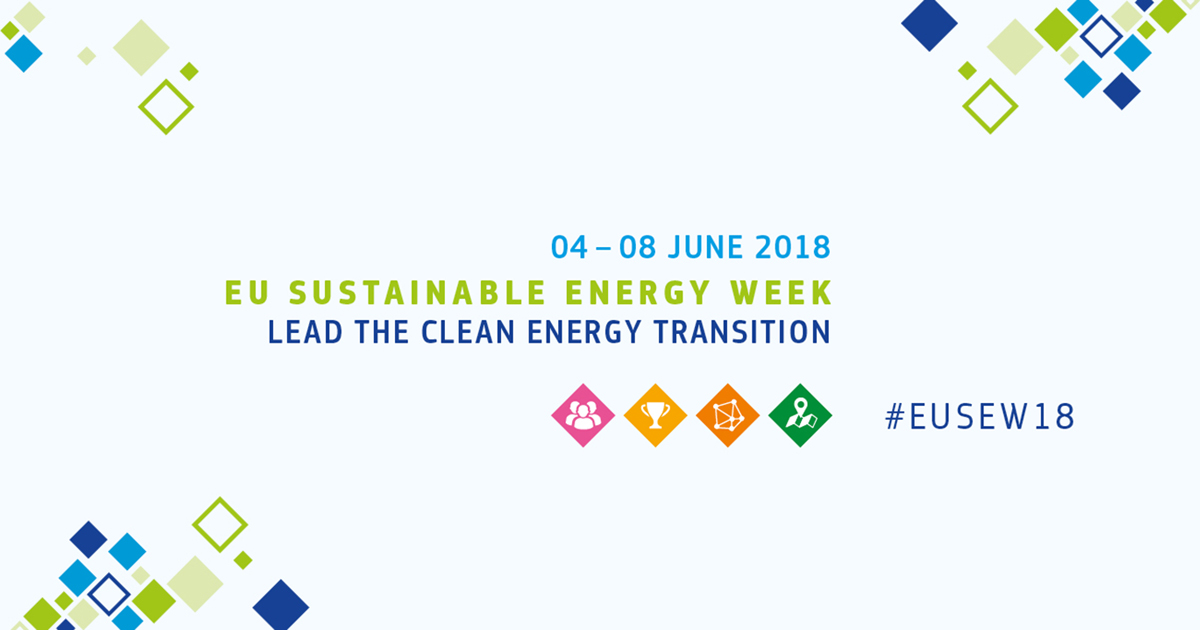
Take the lead towards sustainability: EU Sustainable Energy Week recap
The more we attend “environment friendly” events, the more overwhelmed we feel. First of all, we are pleasantly surprised by the growing number of participants in these events. Researchers, Policy Makers, Local authorities gathered in Brussels to walk together towards a better future. Continue reading “Take the lead towards sustainability: EU Sustainable Energy Week recap”
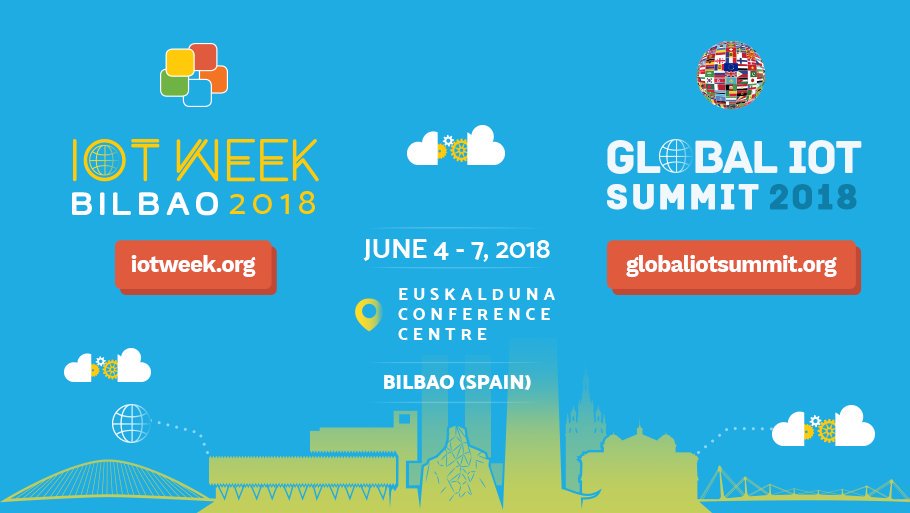
Artisans of the future: IoT WEEK 2018 recap
More than a buzzword, the Internet of Things is a current reality. That’s the most important lesson we learned in Bilbao, at the 8th edition of the IoT Week. Dedicated to emerging research and innovation, the IoT Week had more than 250 speakers and 180 sessions. Continue reading “3 lessons we learned at Smart City Expo World Congress in Barcelona”

“Simple, Useful and Easy to Use” – The no-brainer solution for Porto
Two times awarded as Best European Destination, the Portuguese city of Porto is also at the forefront of smart cities, says the Portuguese Smart Cities Index. Following this innovative environment is Bitmaker, the company responsible for developing Porto’s challenge in the EMBERS Open Call. “The city has an outstanding University and Polytechnic School which results in an impressive pool of well-prepared people for the challenges we have in the company”, says Bitmaker’s CEO, Ricardo Fernandes. Continue reading ““Simple, Useful and Easy to Use” – The no-brainer solution for Porto”

2018 and a handfull of good things for 2019
January is known as “the planner month”. People make resolutions for this New Year, hoping to let go what has happened in the past. However, our team doesn’t want to forget what happened during 2018. It was a great year for our project, for a number of reasons. Here are some lessons learned that we definitely want to apply in 2019: Continue reading “2018 and a handfull of good things for 2019”

Smart Cities: € 30.000 to the most innovative idea
The Open Call Challenge, with a submission deadline in February, aims to look for Smart City solutions, based on Open Data technology, solving real-world challenges. You already know we’re here to develop a new and sustainable mobility concept. Well, together with the University Pierre and Marie Curie (UPMC), we’re currently looking for developers and software companies to implement solutions to three specific and actual challenges in Porto, Cologne and Trikala. Continue reading “Smart Cities: € 30.000 to the most innovative idea”
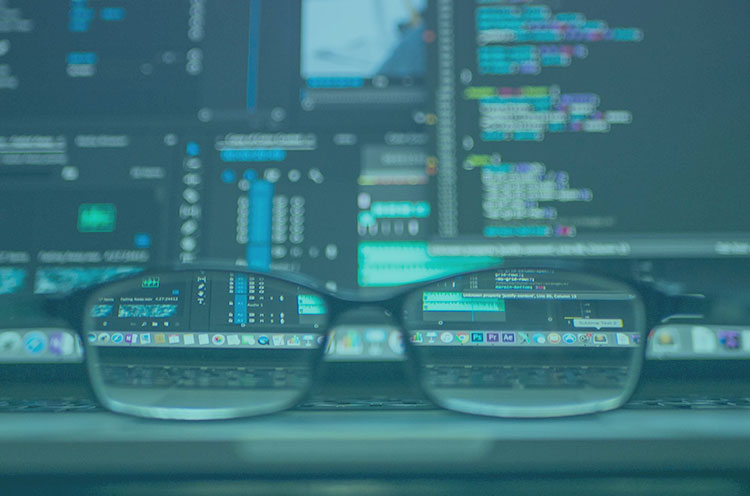
Five facts about GDPR
Starting next May, businesses operating in the United Kingdom (UK) and European Union (EU) will need to comply with the General Data Protection Regulation (GDPR) which will replace the current Data Protection Act. Whether you are ready for it or not, the General Data Protection Regulation (GDPR) is almost here, and it’s going to impact every digital managerial practice. By replacing the Data Protection Act, the new regulation not only entails aspects surrounding data protection, but it also contains laws regarding newly enhanced technology, as well as obligations and responsibilities that organisations will have when it comes to handling the information about EU citizens. Continue reading “Five facts about GDPR”

Future Mobility: With or Without Cars?
More than a need, car-based mobility is almost an independence statement, an achievement of modernity, as well as the driving force behind the development of local structures. However, that statement has seriously damaged cities workflow and environment across time. According to an MIT research, transportation accounts for 28% of US energy and 34% of US greenhouse gas emissions, the majority coming from light-duty vehicles making personal trips – people commuting to work, driving to social events, and performing errands in cars and light trucks. [1] Continue reading “Future Mobility: With or Without Cars?”

Urban Logistics – How to survive the crowd
Oh, travelling, such an enjoyable experience, right? Taking long walks just to get to know the city, and its corners and, of course, to improve your fitness and feel proud of it. Calling a taxi? Renting a car? No way! Subways and buses are more eco-friendly and time-efficient, as well as an excellent way to understand local people’s routines. Speaking of which, do we really have an actual idea of what these routines truly look like? Imagine dealing with crowd and traffic. Imagine having to leave one hour before your workday starts when the actual distance is just 20 km – only to realise that you won’t be at home at a good time to shop for fruit and food… Maybe it’s better to buy online, right? It might be a relief, but what about the shipping company? Thanks to slow traffic, road signalling and traffic lights, it’s sometimes impossible to deliver everything planned for one working day. Now that we left you anxious as well as eternally thankful to shipping companies let us just say this is quite difficult to manage because of some political issues. All these problems have been reflected by many researchers, being the primary objective to find the best path towards an organised urban logistics plan – so that things like traffic can be more fluid, organised and less complicated. One solution that has been studied and recently implemented in some cities is called Urban Consolidation Center (UCC). It aims at integrating all deliveries from different shipping companies in one single forwarder who would be responsible for delivering at a town from a UCC. Long-term speaking, pollution levels should be reduced (noise and gas emissions), and the full motion within the city should be more fluid. Continue reading “Urban Logistics – How to survive the crowd”
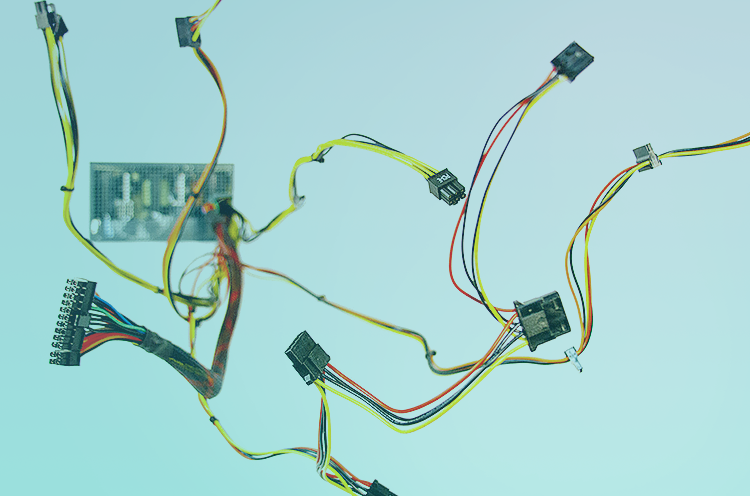
Internet of Things (IoT): New Times, new way of living
Can you imagine a world where the Internet has become widely available, and the cost of connecting decreased considerably? It sounds familiar, right? Welcome to the 21st century! In fact, the Internet has truly revolutionised the way we live, connect and work. But how had it changed day-to-day objects? The Internet of Things (IoT) is a current headline and topic amongst anyone interested in connectivity and smart technologies. The concept beyond IoT appeared in 1989, with the first Internet-connected toaster. Nowadays, all these connected “things” are like drinking water: natural and non-surprising. Simply explained, the IoT concept is the ability to connect any device to the Internet (and to each other). We have been creating more and more devices with Wi-Fi or other types of connectivity, and sensors built into them, the costs of the technology have been decreasing, and smartphone penetration is skyrocketing! It is literally in everybody’s hands (or fingers) the capability to switch any “thing” on or off (the tools used to read and actuate from/on the IoT devices). Continue reading “Internet of Things (IoT): New Times, new way of living”
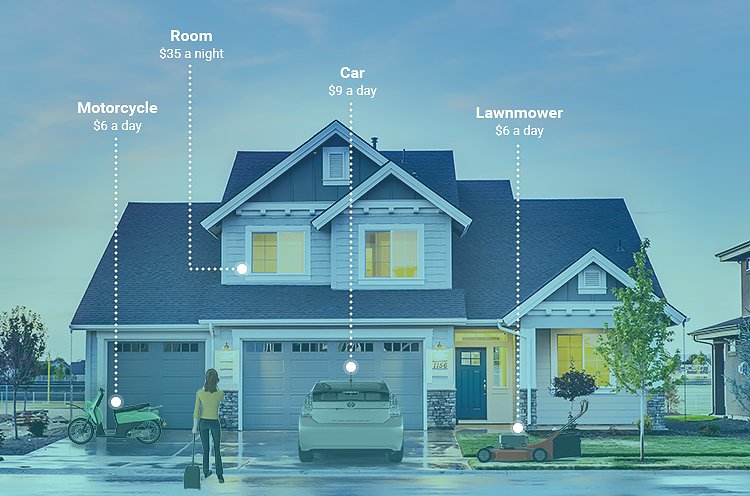
Shared economy – giving is the new owning
Stuff. We all know how messy it can become, especially when things are so expensive and short lived. Acquiring and owning possessions in such an unpredictable era, where you don’t know how the next days are going to be, is a tough challenge. It’s curious how our habits and routines have changed due to technology. And the way we buy and own stuff is one of them. With more than one reason related to it, the fact is that sharing is the new owning. Now you must be asking I’m not a hippie! How can I be sharing items? Well, it’s more obvious than you think and we have examples all around us. Shareconomy, collaborative consumption or even peer economy are some of the buzzwords to define this new hybrid market model of peer-to-peer exchange. Standing between owning and giving, sharing economies have had their boost due to online networks and companies, enhancing the benefits of online transactions. Continue reading “Shared economy – giving is the new owning”

Three questions about Sustainable Development
You will most likely recognise the following animation:  It has recently been all over the Internet and social media. Picturing
Seattle’s 2nd Avenue, the first frame shows the street packed with 200 people in 177 cars. However, in
the second frame, you see that inside each vehicle there’s no more than one commuter. Placing people on
bicycles or public transportation vehicles reduces the five-lane occupation down to one. A lot has been
said and talked about sustainable development and mobility, but do we know what it actually means? Here
are three fundamental questions about this subject that we’ll answer in an easy way:
It has recently been all over the Internet and social media. Picturing
Seattle’s 2nd Avenue, the first frame shows the street packed with 200 people in 177 cars. However, in
the second frame, you see that inside each vehicle there’s no more than one commuter. Placing people on
bicycles or public transportation vehicles reduces the five-lane occupation down to one. A lot has been
said and talked about sustainable development and mobility, but do we know what it actually means? Here
are three fundamental questions about this subject that we’ll answer in an easy way:
1. What is sustainable development and mobility?
Sustainable development has multiple definitions, with the most common being from the Brundtland Report (1987): “Sustainable development is the development that meets the needs of the present without compromising the ability of future generations to meet their own needs. It contains within it two key concepts: the concept of needs, in particular, the essential needs of the world’s poor, to which overriding priority should be given; the idea of limitations imposed by the state of technology and social organisation on the environment’s ability to meet present and future needs” [1]. Continue reading “Three questions about Sustainable Development”

New ways to move: Car and Bike Sharing
In every post, we try to see things in a different perspective. Today is all about moving. No, we’re not playing you a DJ set to dance, we are sharing with you other ways to get to your daily destinations. Previously, we’ve talked about sharing economies and some business examples based on a sharing experience. Mobility is one of the most important issues to be analyzed in light of this new economic trend. Continue reading “New ways to move: Car and Bike Sharing”
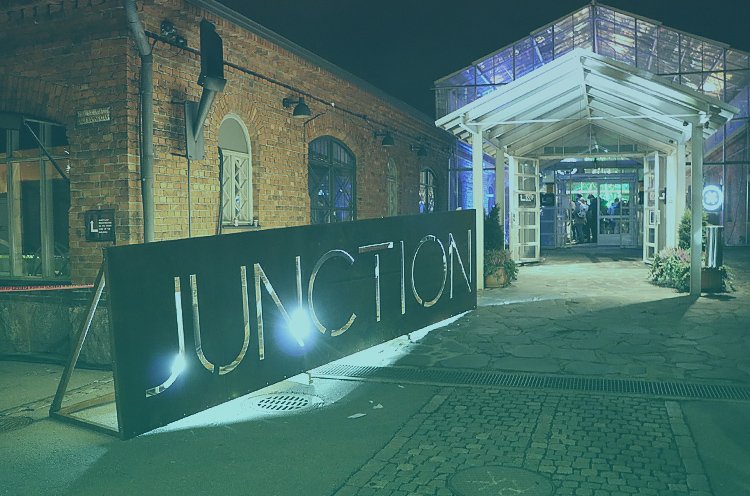
EMBERS Challenge success at Junction
Junction´s 2016 edition counted more than 1300 developers, a 48h Hackathon, about 45 partners and tonnes of new app ideas. And guess who was there making an impression? EMBERS challenge winner was also considered Junction´s winner. Continue reading “EMBERS Challenge success at Junction”
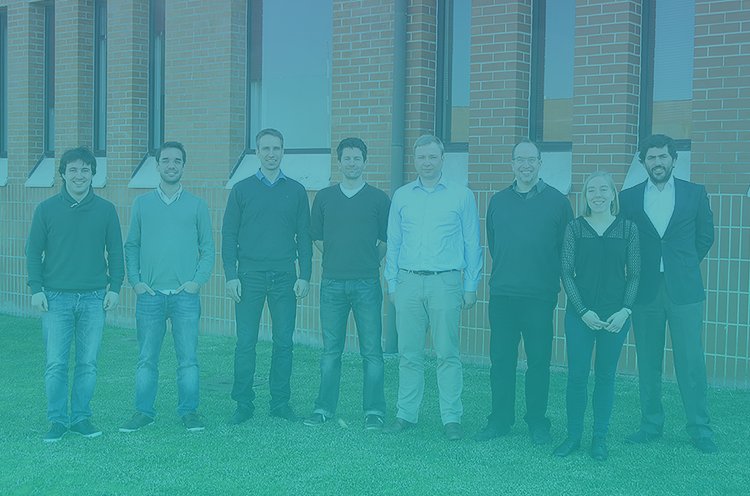
EMBERS meets with SMEs and developers
Imagine walking or driving through a city and the city itself tells you what the state of the roads is, where to park your car at that moment, or which areas to avoid because of traffic congestion. With EMBERS, this vision becomes a reality, and your city is already communicating with its citizens. On the 5th and 6th of July, in Berlin, the consortium team will gather in a plenary session for which developers and SMEs are invited to participate. The goal of this meeting is to present EMBERS potential and to test its applicability by engaging developers in implementing/enhancing their solutions with it. EMBERS aims at being a flexible and open product integrating the needs of the developers and final users and promoting a multidisciplinary construction process. In order to better test EMBERS potential training and testing activities such as Hackathons and workshops will take place in the different phases of the project. Timur Friedman, from Université Pierre et Marie Curie (UPMC) and a member of the consortium, reveals a bit more about the Plenary: “EMBERS is getting ready for a major announcement regarding our November hackathon! This meeting in July is where we will put in place the plans. We have set aside an afternoon to discuss with local actors (developers and other interested parties) and there is tremendous interest; it is over subscribed.”